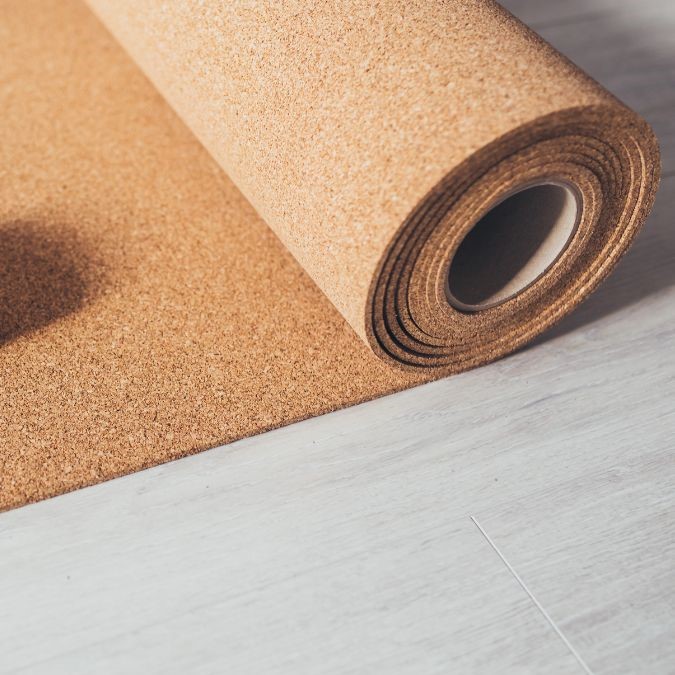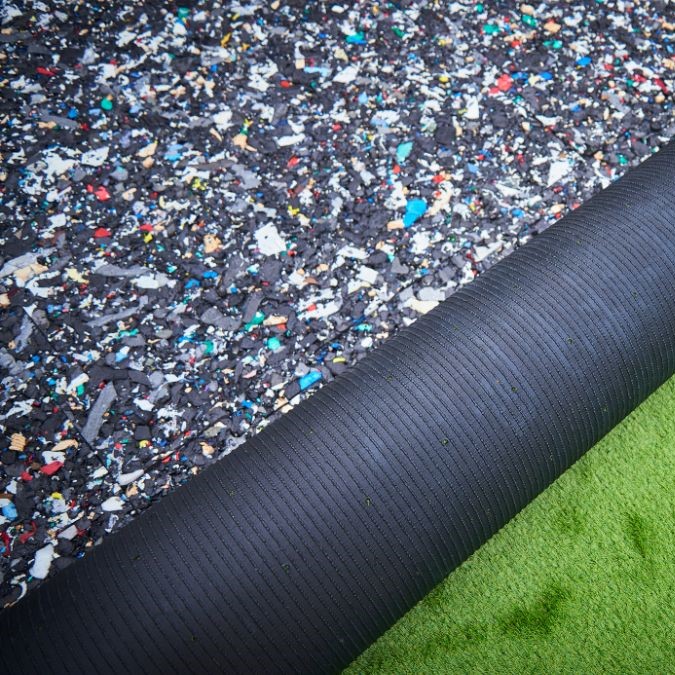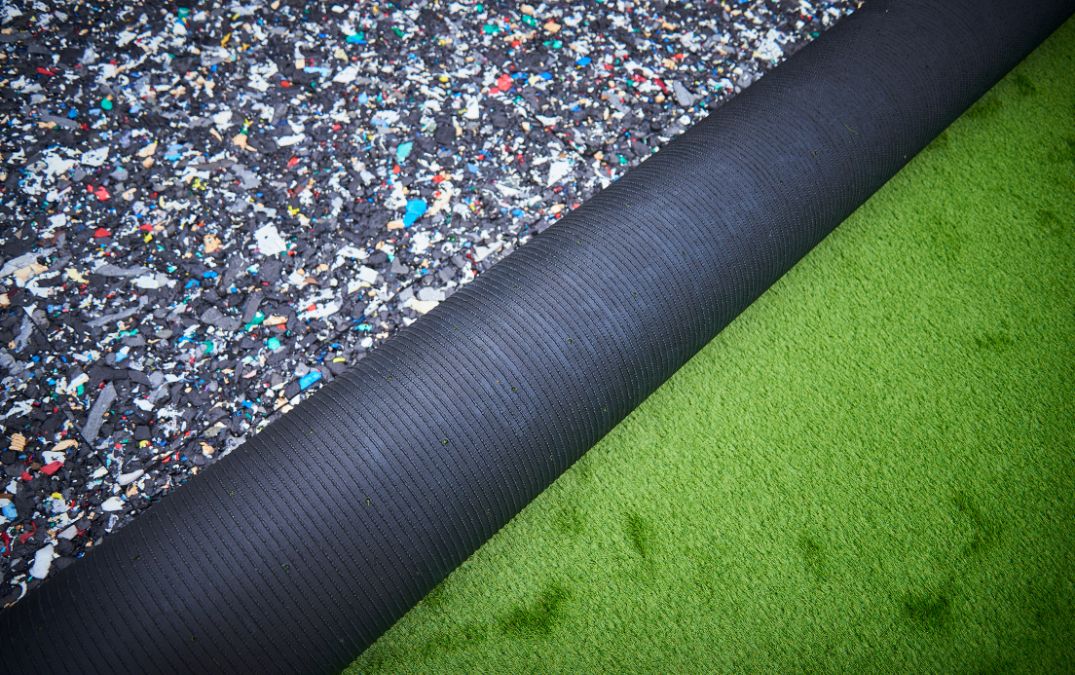What is the best Underlay for Laminate flooring on Concrete?
Cork underlay is worth every penny. Cork is a natural insulator, so it’s fantastic at keeping your floors warm, which is a big plus if you’re dealing with a chilly concrete subfloor. It also does an excellent job at noise reduction, making it perfect for busy households. Plus, it’s eco friendly, which is a nice bonus if you’re looking to go green.
If you’re looking for the ultimate in performance, consider a combination underlay. These products often combine foam or cork with a built-in moisture barrier and sometimes even a soundproofing layer. This gives you the best of all worlds: comfort, moisture protection, sound reduction, and durability. It’s the all-in-one solution for those who want to make sure their laminate floor is top-notch.



